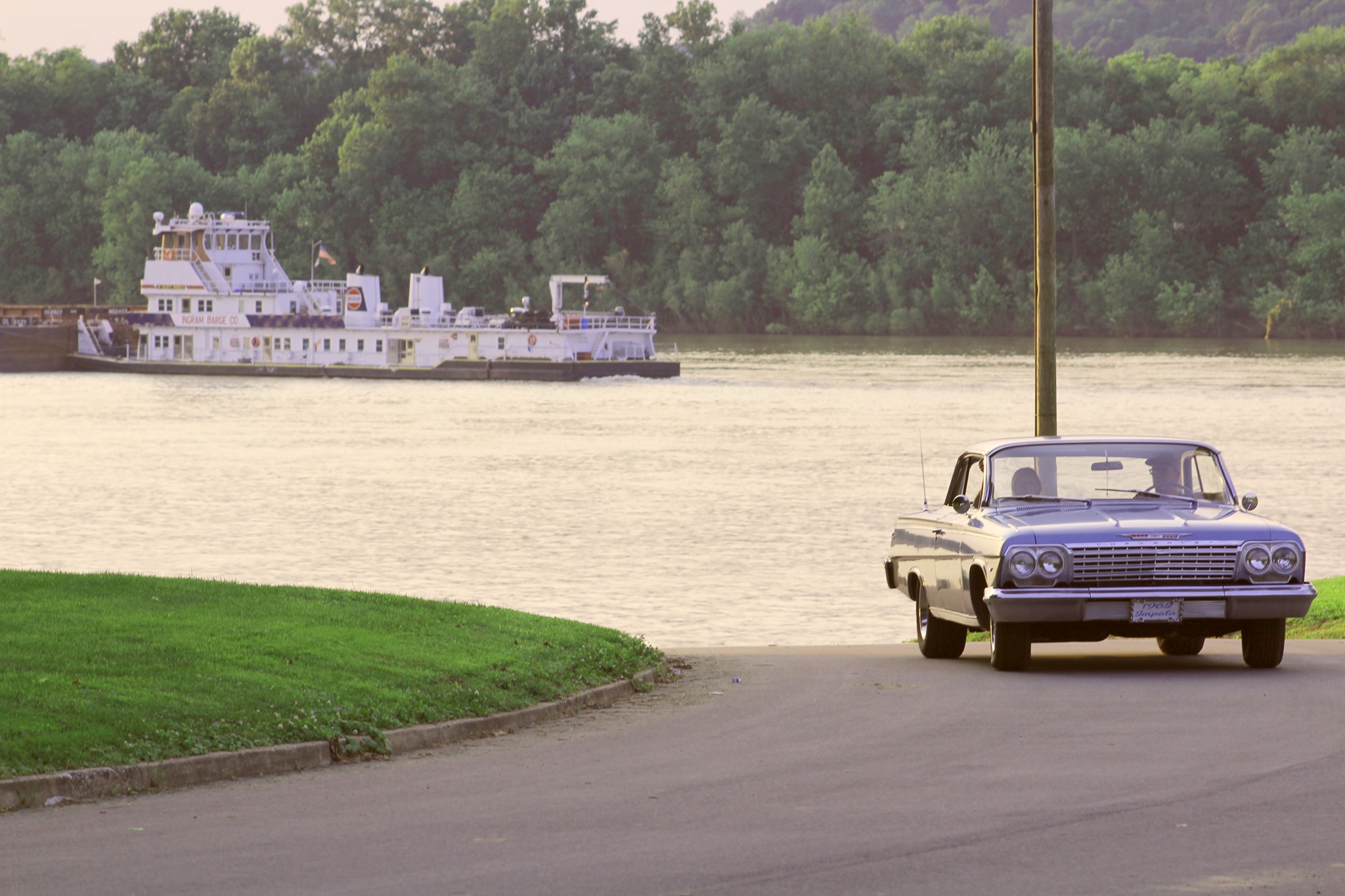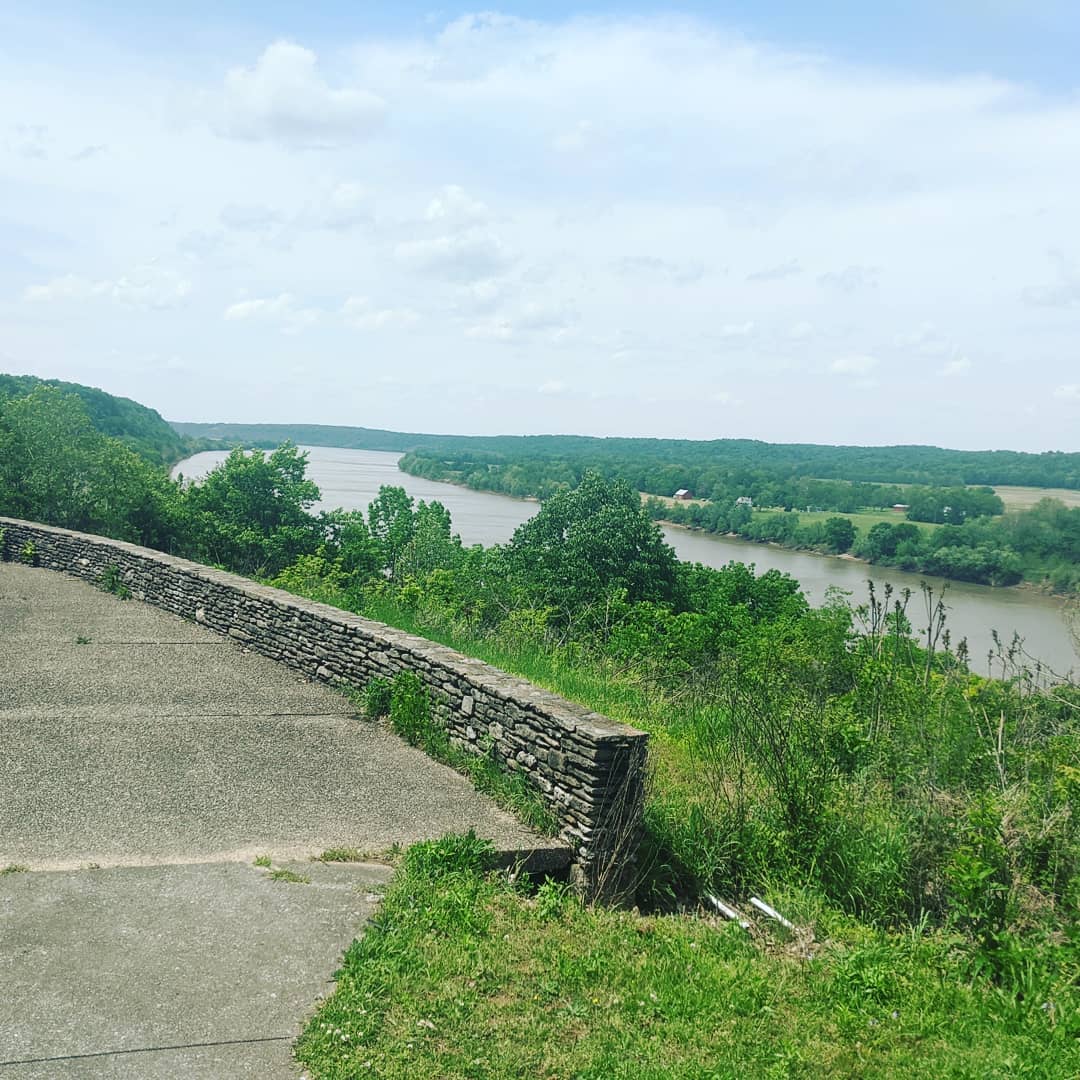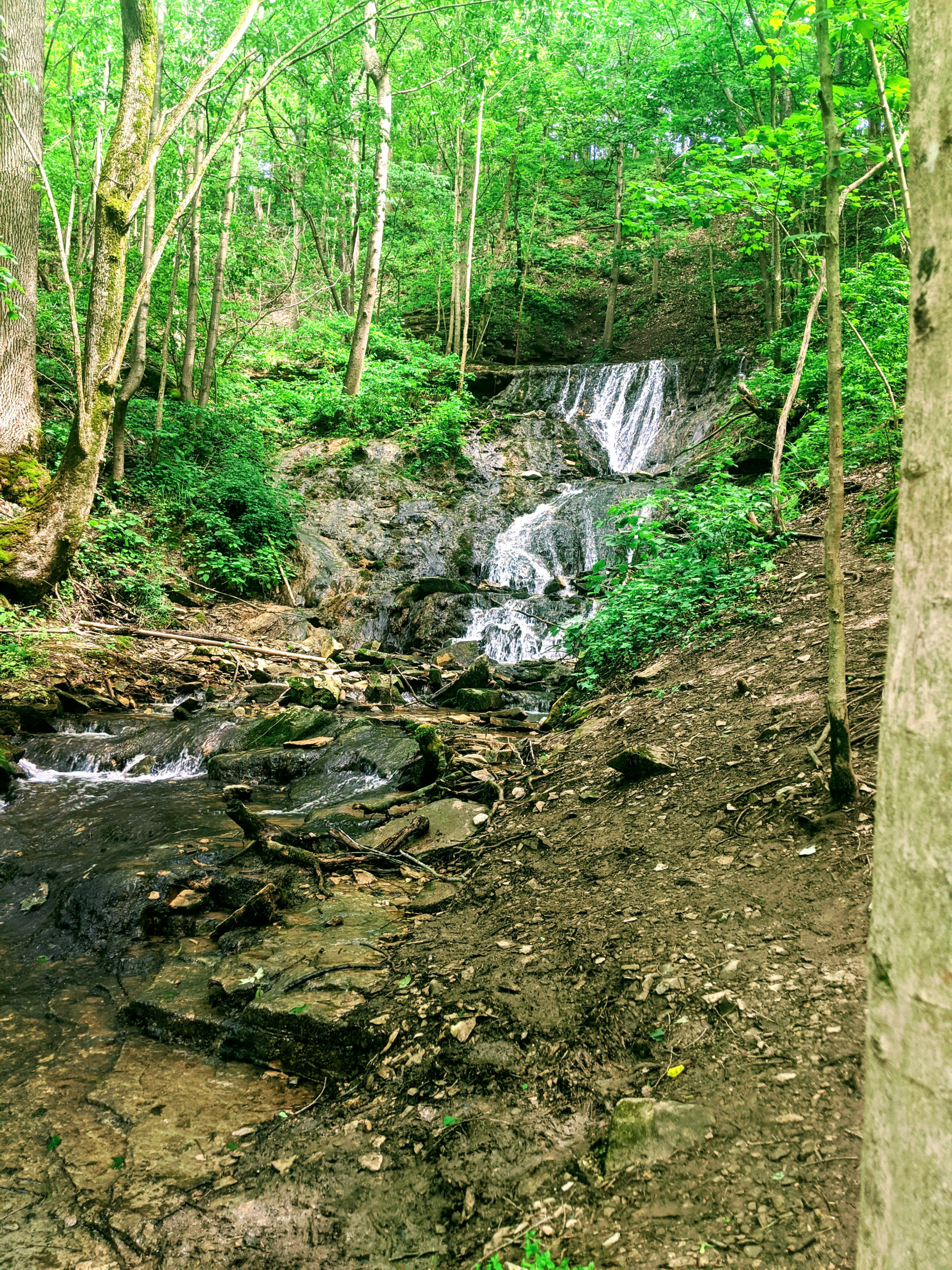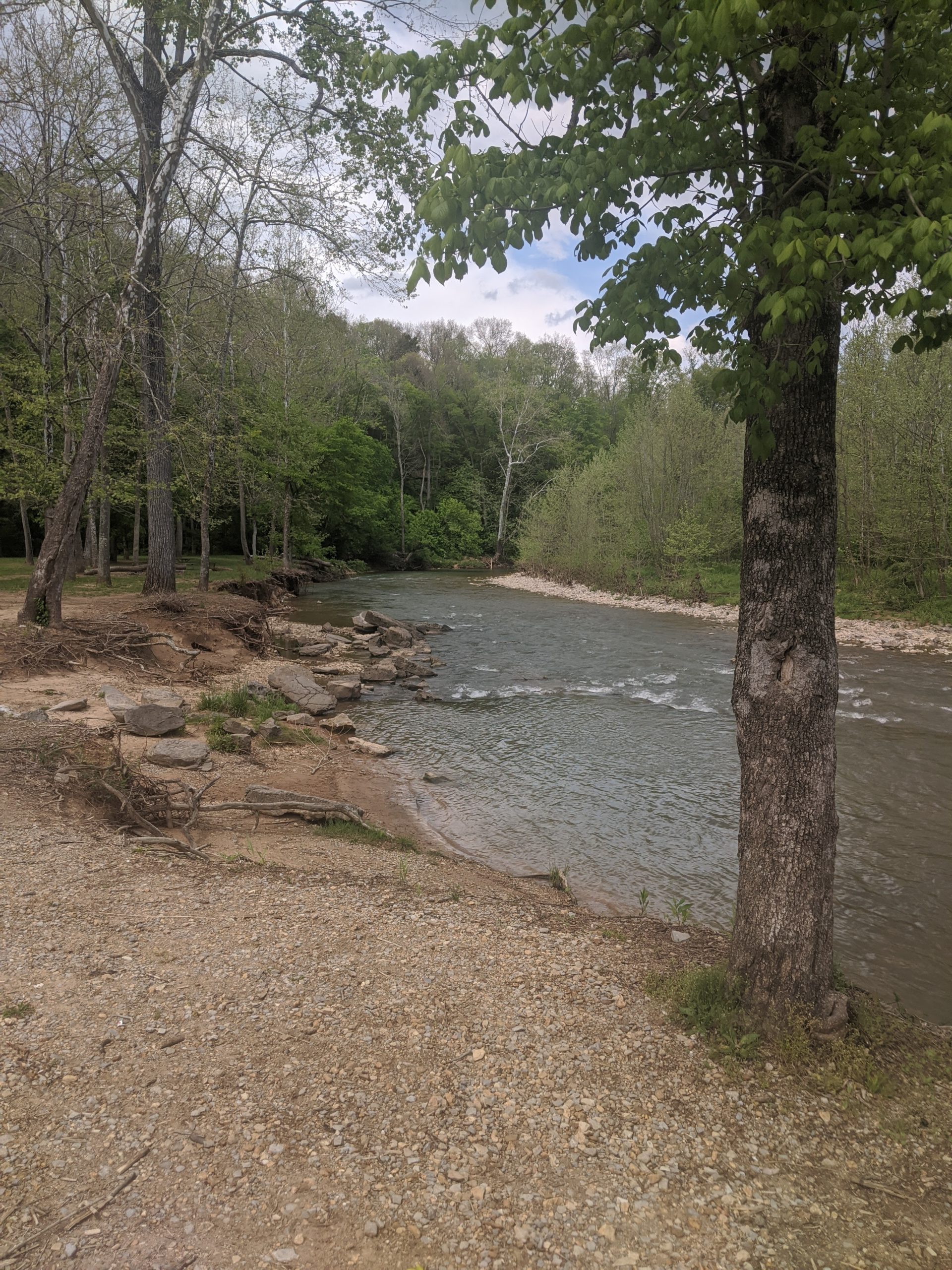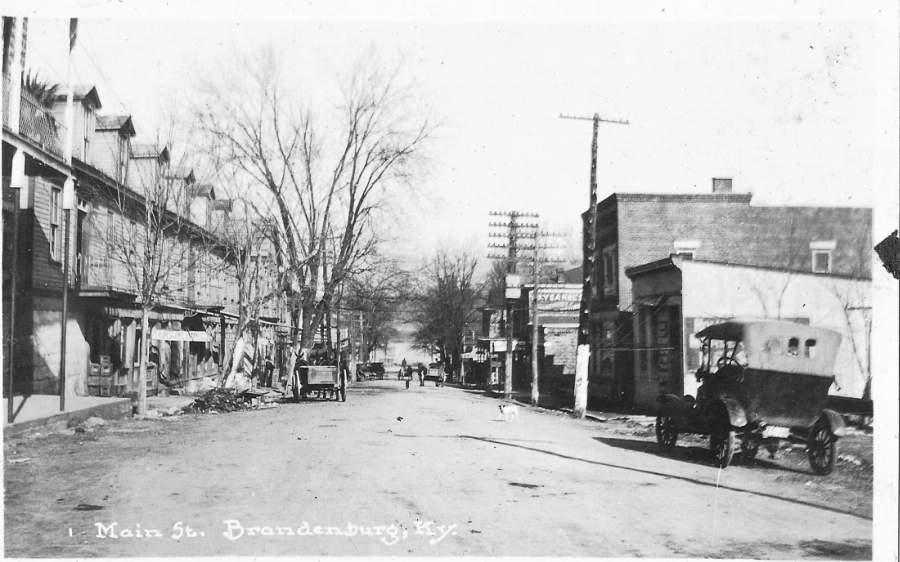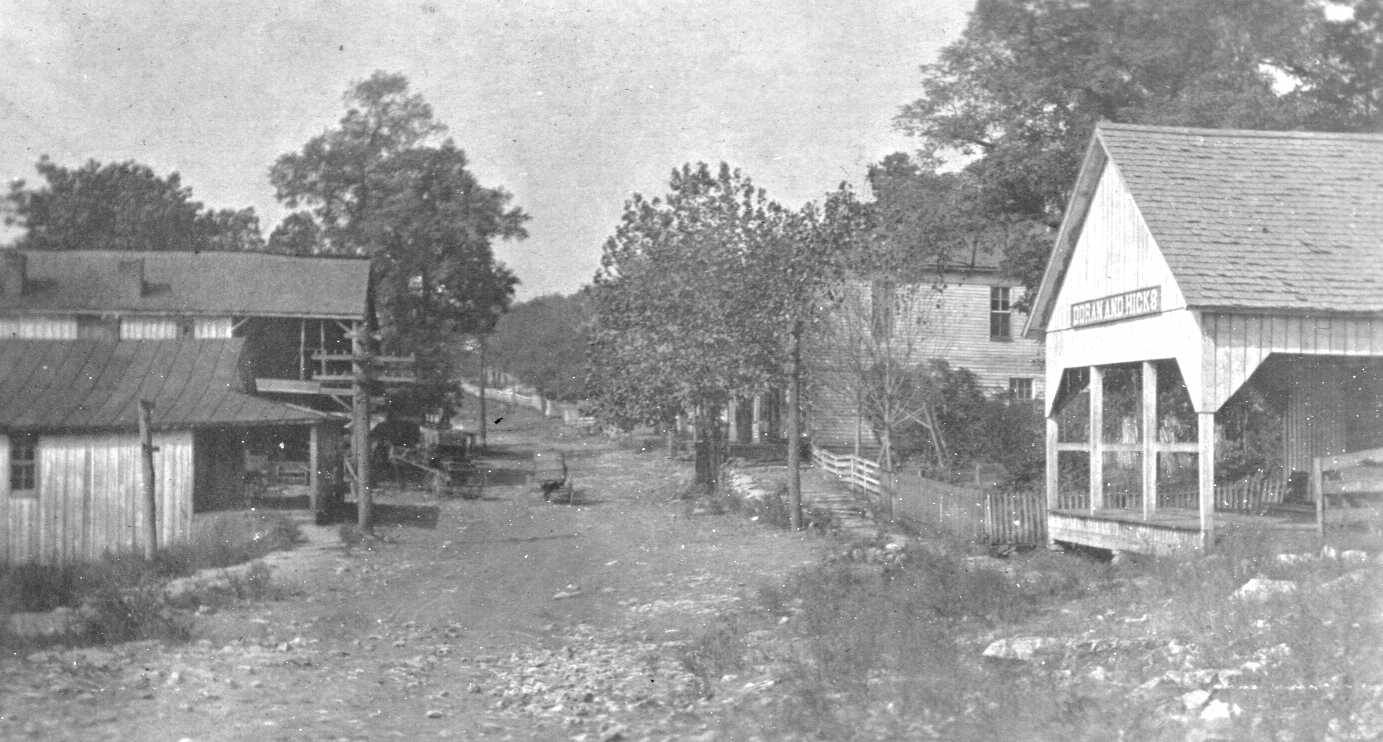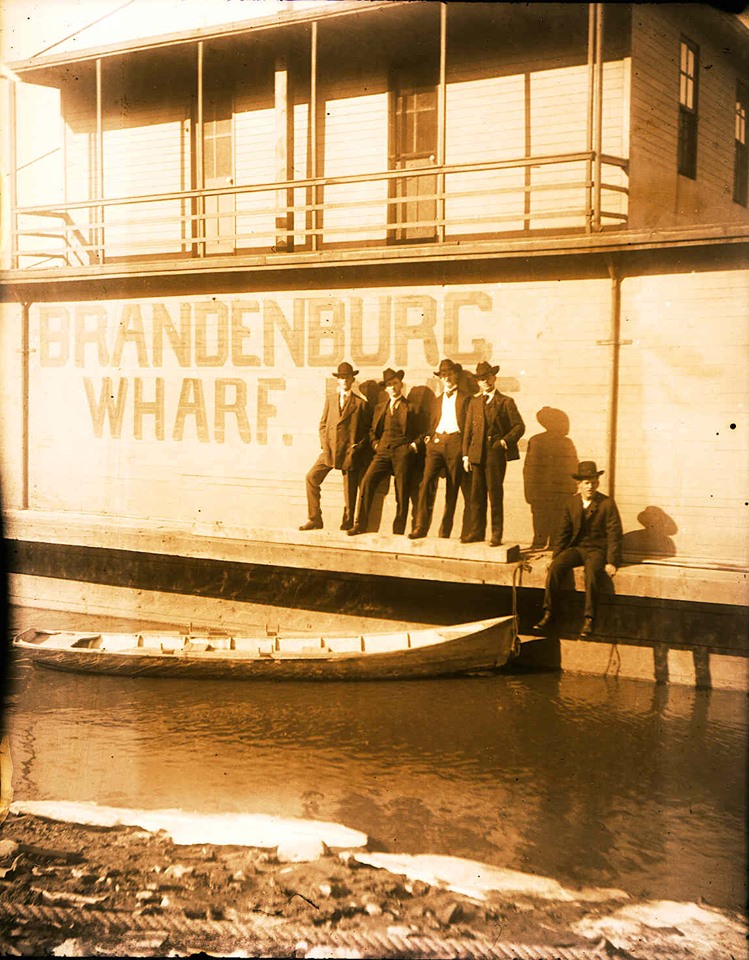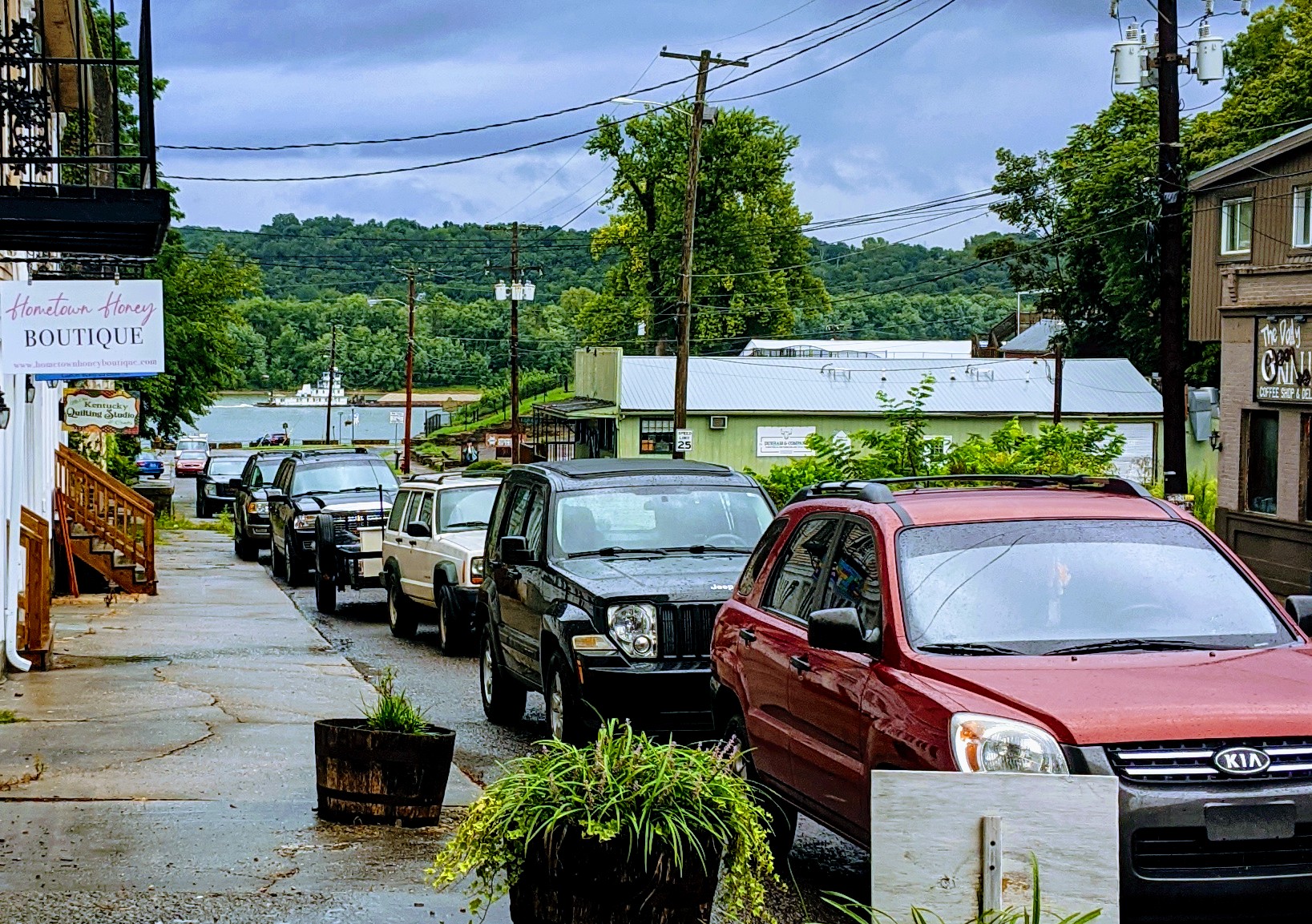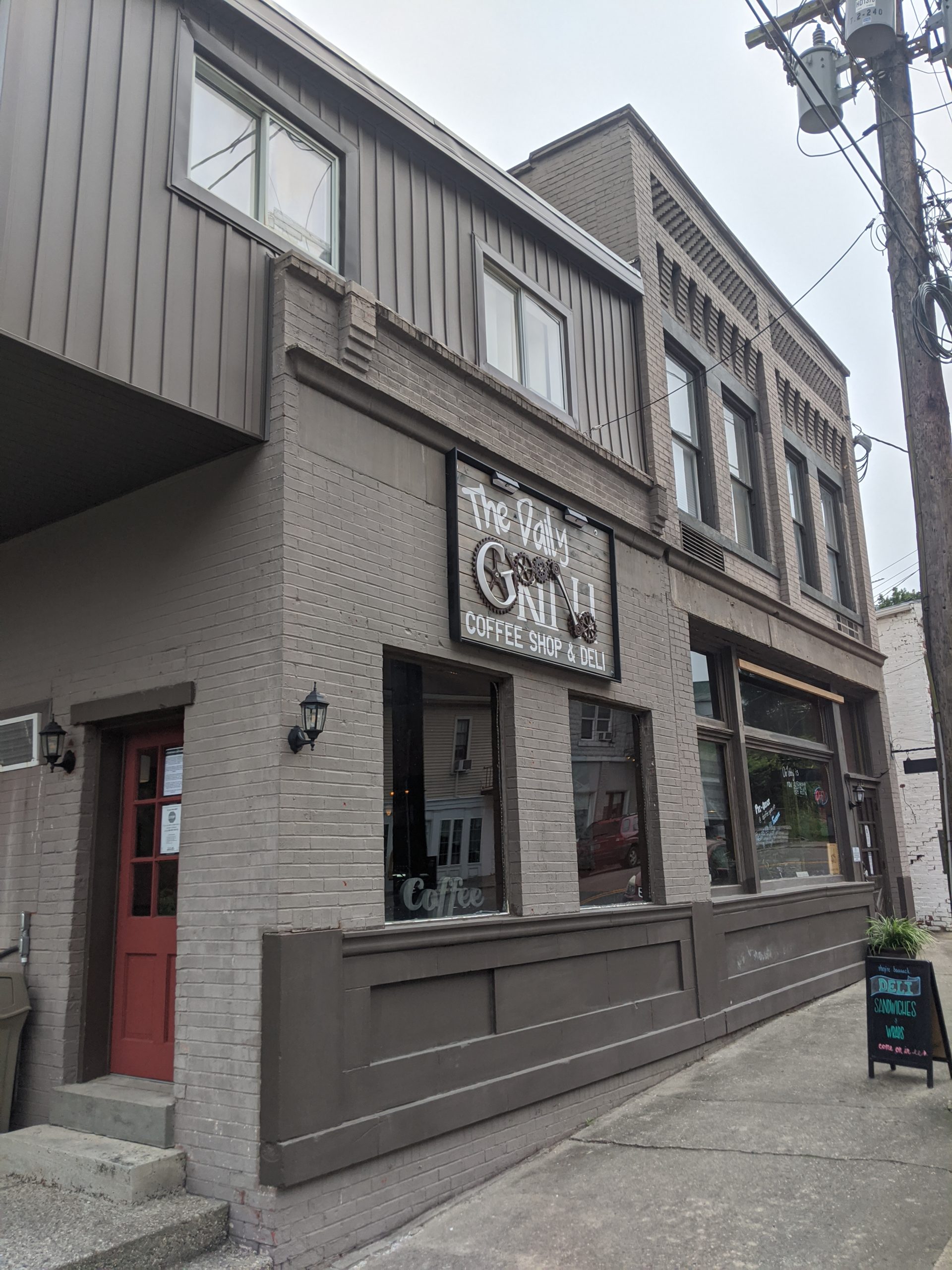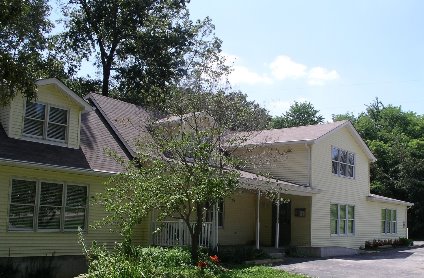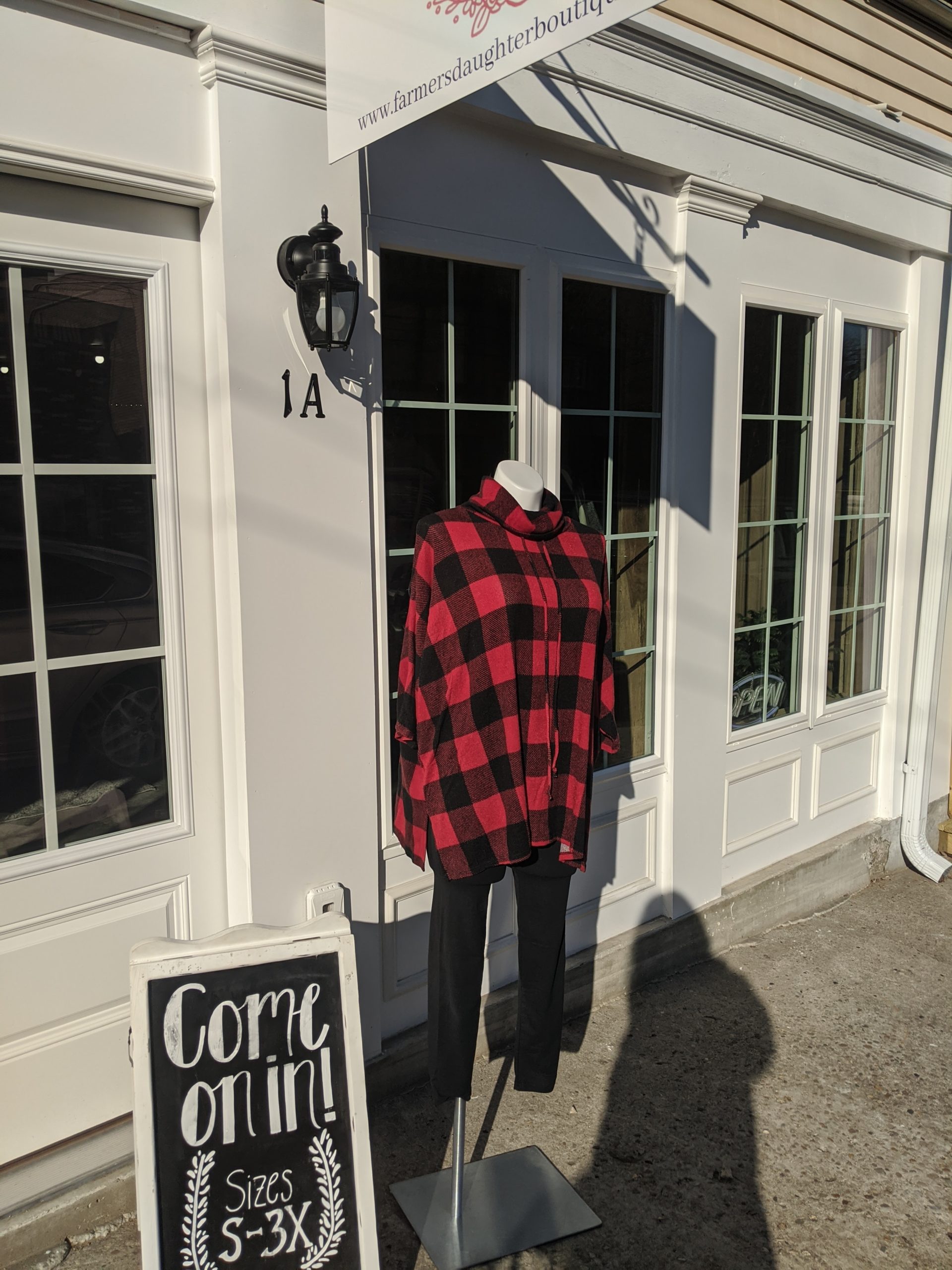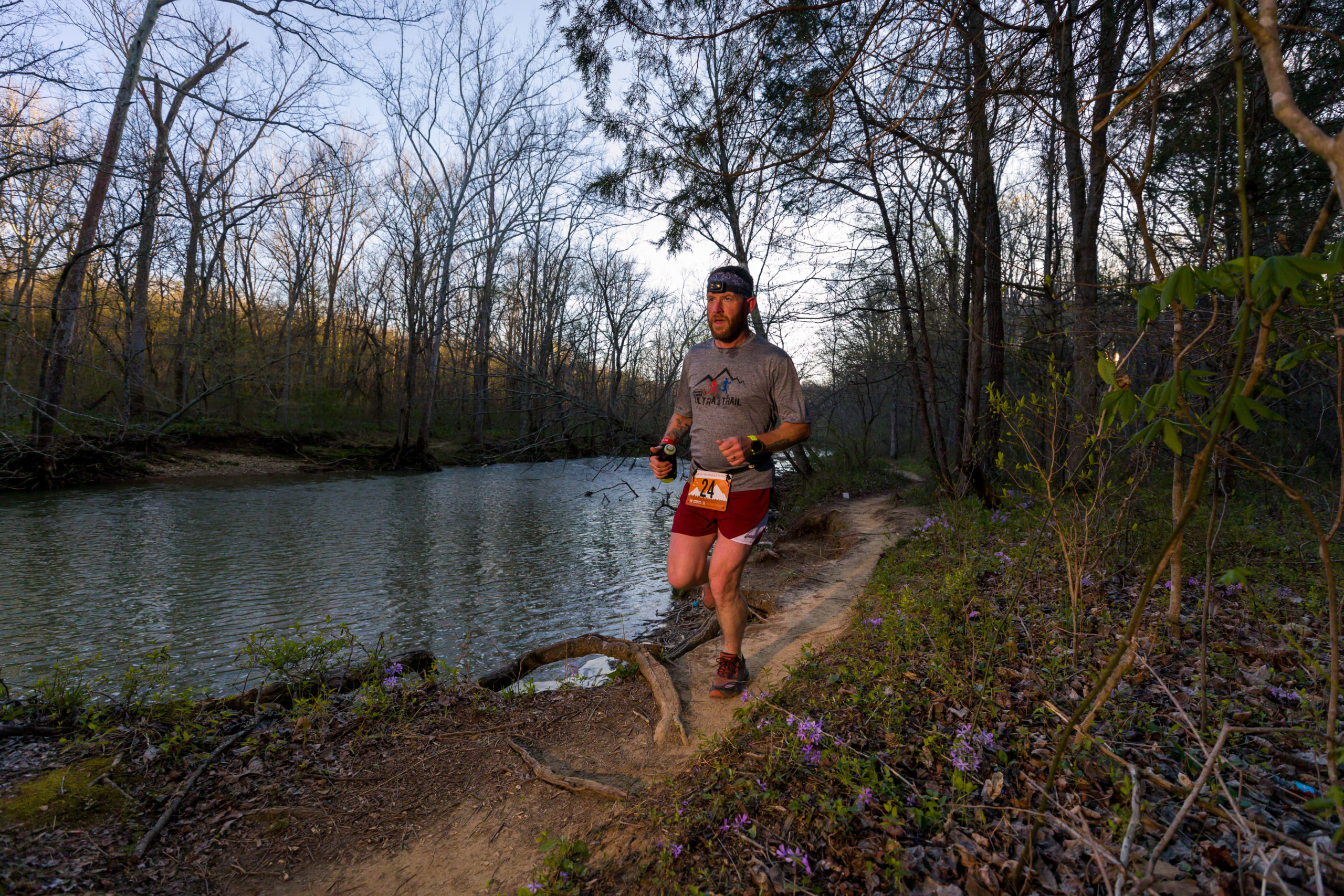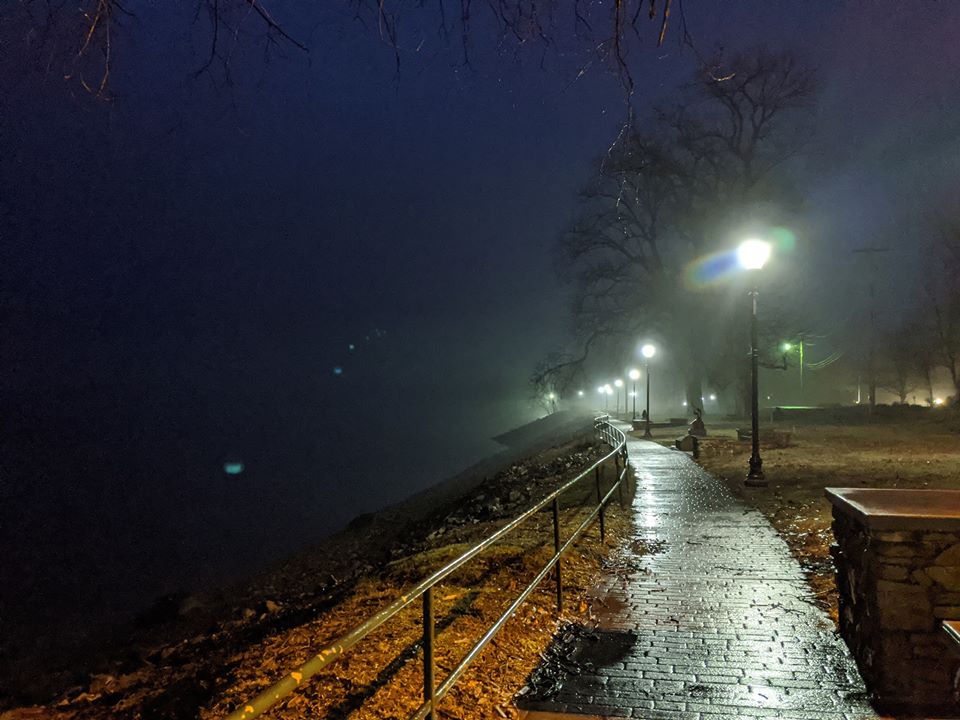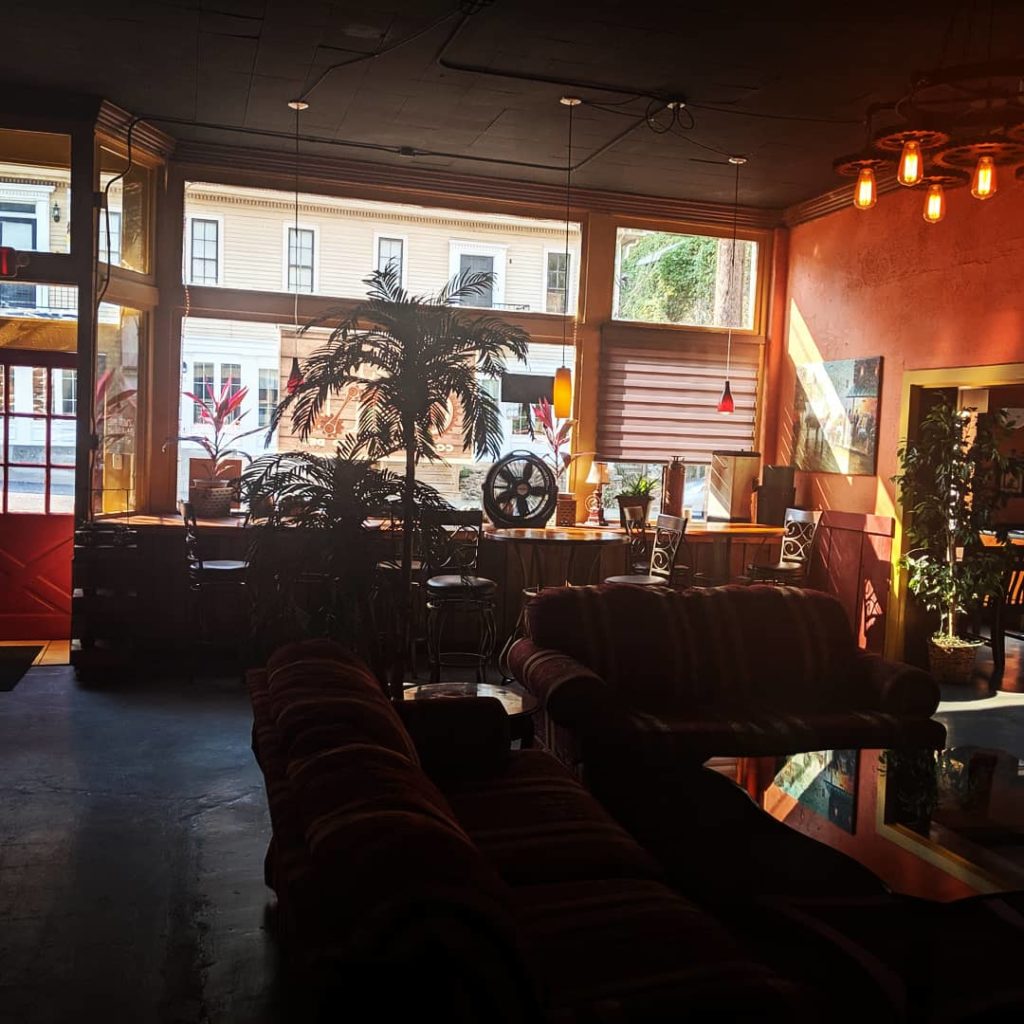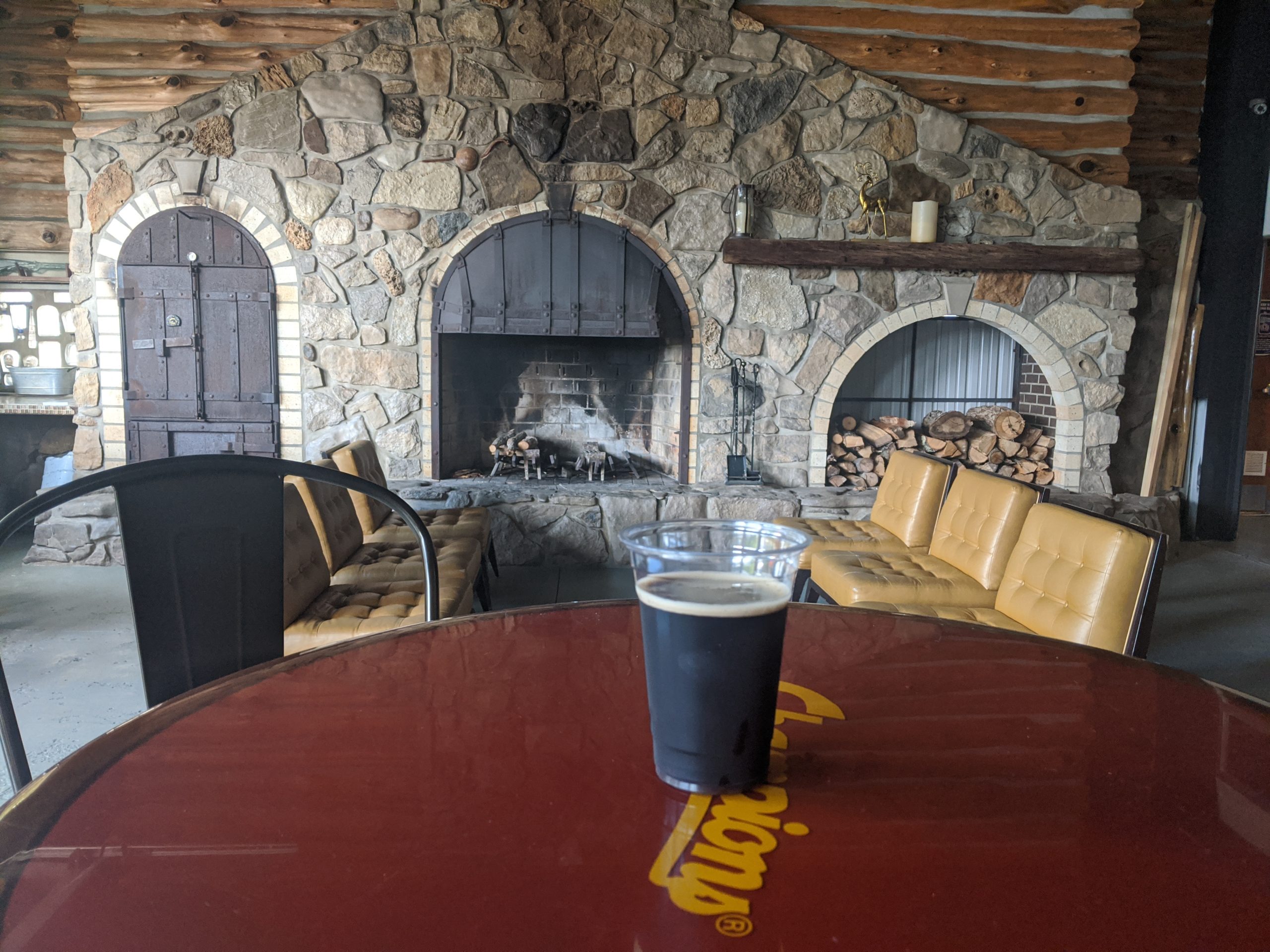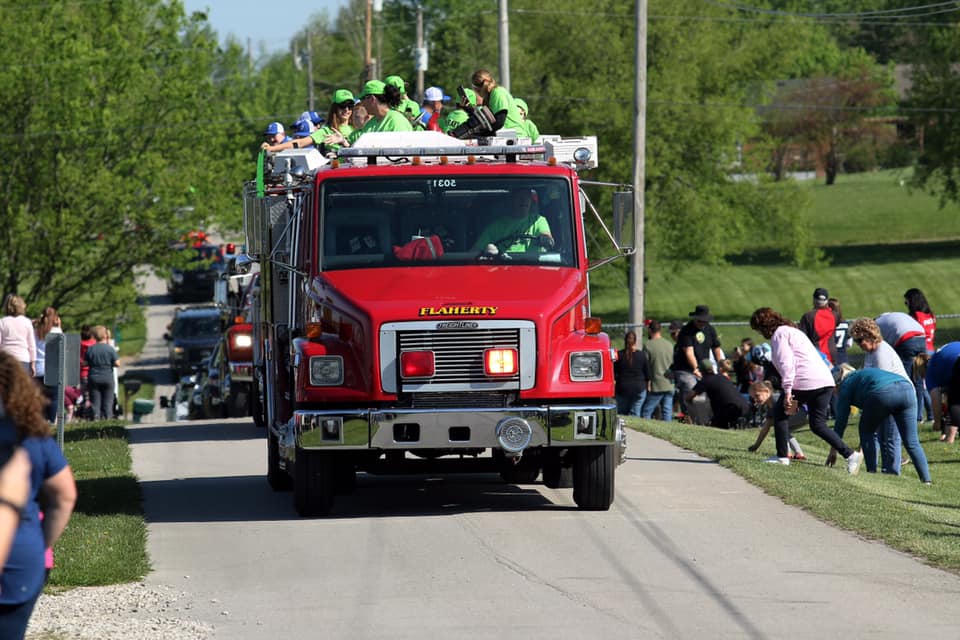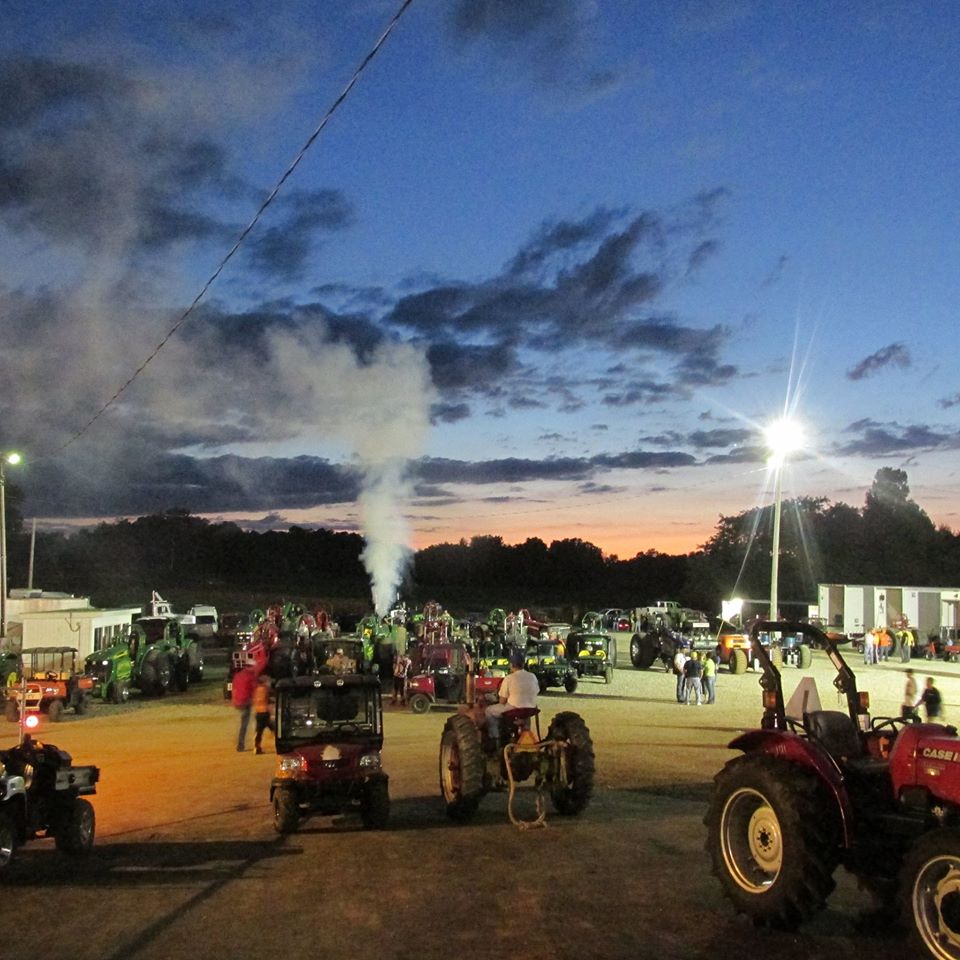About Brandenburg
On behalf of the City, I would like to thank you for your interest in our community. Brandenburg is a small town of around 2,600 people and growing! One of our main attractions is our Riverfront Park and the various yearly activities, such as our Summer Concert Series. You can stop by our park to enjoy our outdoor picnic areas, amphitheater, walking trail, soccer fields and much more.
The view of the Ohio River is breathtaking here with the Indiana shoreline and the Matthew E Welsh Bridge in the background. You won’t want to miss the largest steamboat ever built, the grand American Queen which frequently visits the downtown area of Brandenburg. We are also the home of the award-winning Meade County Fair and Christmas by the River Festival.
Our community has so much to offer whether you choose to live here or are just visiting! Brandenburg has a variety of local merchants, a spectacular school system and a welcoming community. Be sure to check out all our City has to offer while browsing through our website.
Thank you again for your interest in the City of Brandenburg!
Our History
For over ten thousand years, Native Americans frequented the area of Brandenburg and Meade County. The fact that they lived here at different periods is evidenced by the large amount of artifacts, burial grounds and shell mounds along the riverfront. This area was desirable because of the river, abundant game, fish nuts, berries and ground for planting corn, and especially, a high quality flint.
In terms of our artifacts themselves, it is evident that they are highly desired by international collectors for they are being rapidly sold on the market. This bodes poorly for our honoring this heritage with a museum, though a movement is afoot to accomplish this.
It is debatable regarding the exact tribal lineage, though some are sure that the Native Americans here were closely related to the Cherokee and Shawnee tribes. Given the large number of years (ten to twelve thousand), it is likely that the tribes were mixed across the centuries. We note this grand heritage in order to testify that this area has been a desirable place to live for our predecessors and is now a desirable place to live for the pluralistic society that is emerging here. Strong evidence suggests that originally Native Americans came from Mongolia which means that the first settlers were Asian Americans. European Americans and African Americans came to this area in the late Seventeenth Century, A.D.
The original seat of justice in Meade County was Claysville at the home of John Rush. Early elections were held at Rush’s house and a storehouse belonging to Fleming Woolfolk. A great rivalry existed between Claysville and Solomon Brandenburg’s Landing and Ferry on the Ohio River. Since Claysville was not a healthy location, on January 8, 1825, an act of the General Assembly authorized Solomon Brandenburg’s Landing and Ferry as the seat of justice and the town was named Brandenburg. On April 4, 1825 five commissioners were appointed to provide a county courthouse on the public square donated by Solomon Brandenburg. With the heavy river traffic, Brandenburg prospered as a trade center. Solomon Brandenburg’s old log tavern hosted such notables as John James Audubon, Aaron Burr and James Wilkinson. Unusual raw materials; gas, salt brine, water power, clay, limestone, and a valuable deposit of lithographic stone (one of the largest deposits known) resulted in various industries prospering for a time.
Brandenburg was the site of General John Hunt Morgan’s cavalry of approximately 2,500 crossing the Ohio River on his raid into Indiana and Ohio. The CSA Army commandeered two steam boats, the McComb and the Alice Dean. The Alice Dean was burned after the crossing and the remains could be identified for many years. There were skirmishes with the Indiana Militia stationed on the Indiana side of the river. Requests for restitution were presented to the United States for damages to the courthouse and the Methodist Church (which was used as a hospital). Highway markers identify various sites of Morgan’s activities in Meade County.
Big Spring, at the southern end of the county, was so named for a very large spring flowing with enough power to turn a mill. It was unusual as it flowed then disappeared once again into the ground. Other villages included: Concordia, incorporated in 1869, Grahamton, at the falls of Otter Creek Park, Garnettsville, Paneyville, Garrett, Boonesport, Meadeville, and Richardson’s Landing.
At one time, an Englishman proposed and established a town named Ohiopiomingo in 1795 on the Ohio River, near Rock Haven. His grand scheme was to include 1,000 houses, 43 streets, a college of education to be established for the “tenantry” as well as for Indian children whose parents might choose to do such. He named this spot after Piomingo, an Indian Chief, respected by not only the tribes but also the whites. An elderly gentleman was to lead these pioneers and families from England to the location. Since 100,000 acres were secured for the purpose, caves of some importance have been found in Meade County.
Before the 1840’s, human bones of immense size were found. One skull it was said, was large enough to completely encase the skull of an ordinary man! In 1871, near Peckinpaugh’s Landing, a rather large cave was found, along with a pile of human bones. No one knows of what prehistoric tribe or race these were from. Enoch Boone, nephew of Daniel Boone, while not born in Meade County, did eventually come to this place. He had lived in Harrison County, Indiana and obtaining a captain’s commission under General William H. Harrison, moved to Meade County. He was married in Shelby County and prospered for many years in the area. He died in 1862 at the home of his son-in-law, Judge Collins Fitch, near Garnettsville in Meade County at the age of 84.
As is generally known, the Meade County area had many so-called “Knobs” and “Groves”, Jennie’s Knob, Bee Knob, Jackey’s Grove, Hill Grove, Hugback Grove, to name but a few. These natural occurrences were perfect for use as reconnaissance and watching movements of the Indians. They stretched from Ohio several miles and including the Salt River area. These formations provided their worth many times over in the protection of the early settlements. Often the pioneers saw the furtive, clever movement of Indians and prevented the penetration of those parties into the interior of the county.
One story surviving includes Big Joe Logston. A party of Indians had managed to elude the spies on the Knobs and had gone several miles in the county. They were discovered and pursued back to the Ohio River where Brandenburg is now situated. When the settlers caught up with them, they had reached the opposite side of the shore. One Indian, wearing a red coat, made the fatal mistake of standing up in a skiff; Logston fired immediately, the Indian fell into the waters and was seen no more. Meade County was so named for Captain James Meade, born in Woodford County, Kentucky. As quite a young man, he volunteered under the command of Joseph Daviess on the Wabash expedition. He also fought with this brave officer at Tippecanoe. After these accomplishments, he was promoted to the rank of Captain.
In 1813, at the battle of the river Raisin, he was felled early in the action; valiantly leading his men at the forefront of battle. Brandenburg was bypassed by the railroad when it was built. This was three miles away. To save the town, it’s citizens built the first hard surfaced road from the center to the station.
The home of Colonel Robert Buckner, built in 1855 was used by John Hunt Morgan as his headquarters for some time. It held a commanding view of the mighty Ohio for many miles and was so used as a fine lookout point for the troops.

